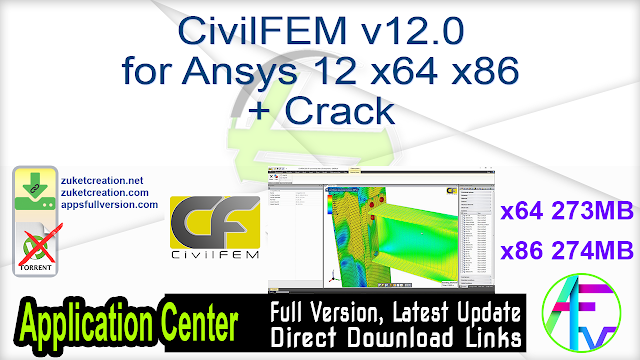

Turn on the Newton-Raphson residuals under Solution information prior to running the model and check the contours for residuals, typically when a part is not constrained, the residuals are distributed all over the problematic part. If such modes are identified, plot the mode shapes for those modes to identify which parts are free floating.Ĥ. Perform a modal analysis on the assembly to identify if there are any 0 Hz (or near zero) modes. In case the node number is not available in the mesh, it must be an internal node created by Mechanical for features such as remote points, or bolt pretension.ģ. Identify the node based on the node number provided in the error message. If the message appears under the WB messages, right click on the message > Go to Object will take you to the part under Geometry Tree.Ģ. Four ways for identifying the unconstrained body are:ġ.

When a model is not fully constrained in Static structural analysis, the solver throws out pivoting error, or errors related to a certain degree of freedom (DOF) exceeding limits. The reaction force always follows stiffness and constraints, if there is neither of them to resist an applied force, it results in rigid body motion. Failure loads, deflections, and load versus deflection relationships for all models are examined and it is seen that the beam with one draped tendon profile shows a highest performance.In finite element analyses, all the components are expected to be fully constrained to ensure that the applied forces and the internal forces will balance each other out. These models are without tendons, two tendons at the bottom, middle, top, parabolic tendons with one draped point and two draped points. Six models with different tendon profiles are investigated. This paper is focused on the effect of different tendon profiles on the flexural behaviour of Bonded Post Tensioned (BPT) reinforced concrete cantilever beams. The results from FE analysis is verified by experimental reference test result and good agreement is achieved. Numerical analyses ANSYS package program is used for analysis of beams. In this paper, a three-dimensional nonlinear Finite Element (FE) method is used to determine the behaviour of Post-Tensioned (PT) concrete cantilever beams with different tendon profiles. There are two methods for prestressing (pre-tensioning and post-tensioning). It is used for flexural strengthening of reinforced concrete structures for improving cracking loads and decreasing deflections due to service loads. due to its efficiency and economy for achieving requirements of long span with small depth. Prestressing is widely used technic all over the world for constructions of buildings, bridges, towers, offshore structures etc.


 0 kommentar(er)
0 kommentar(er)
